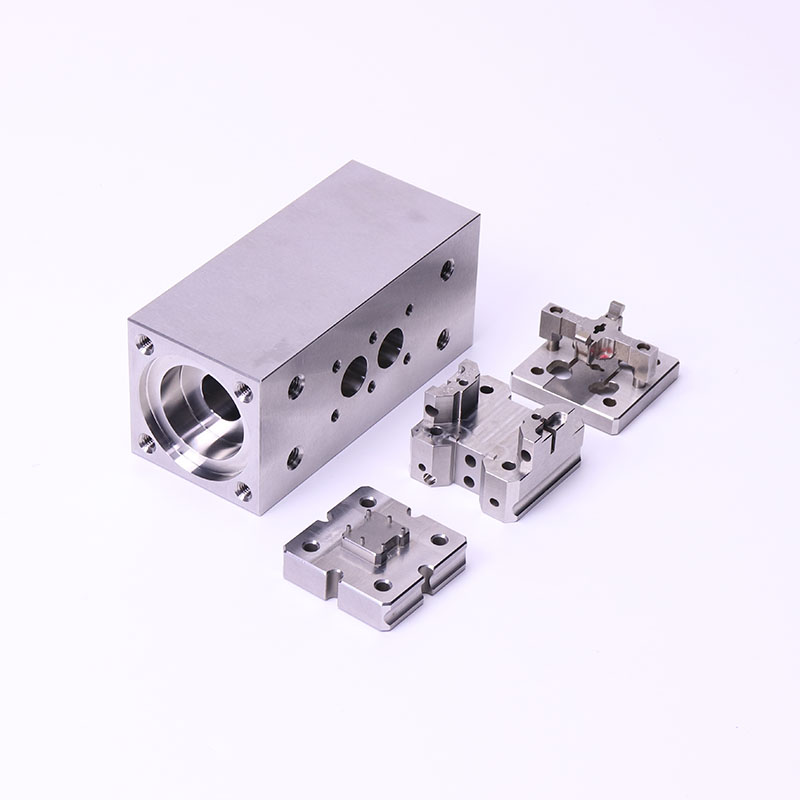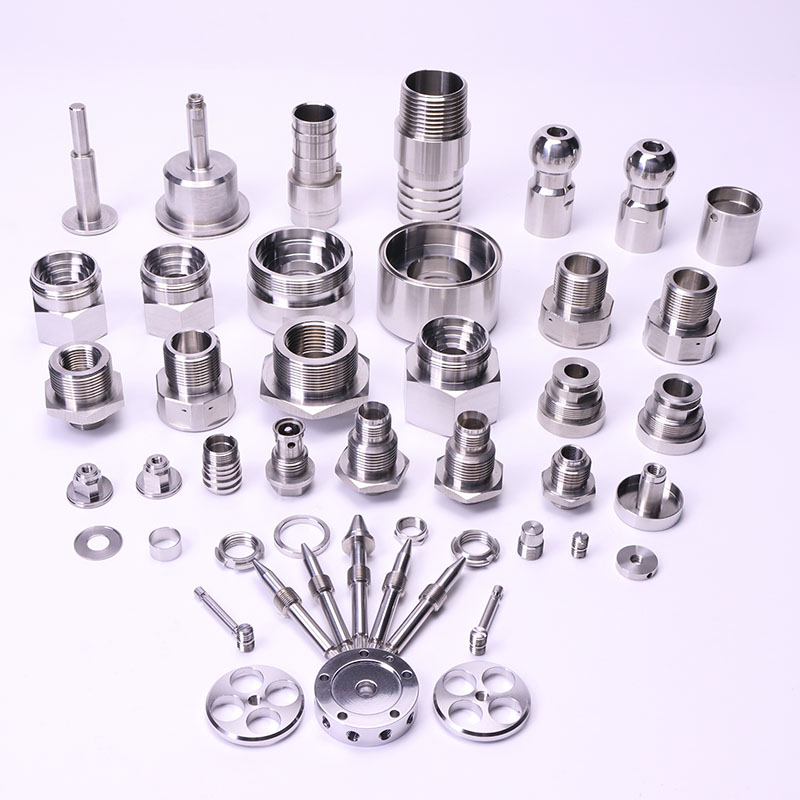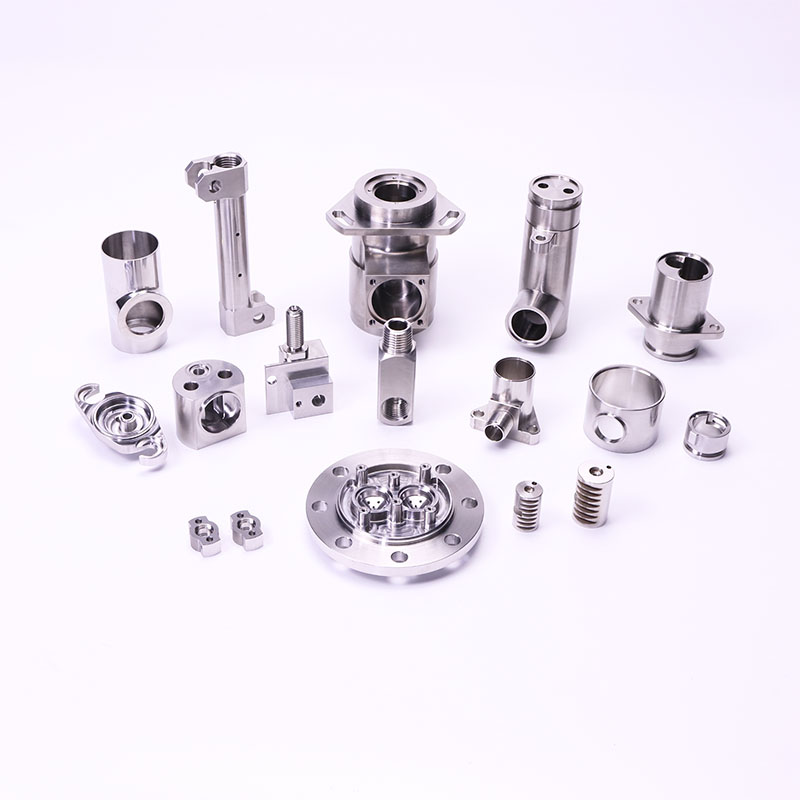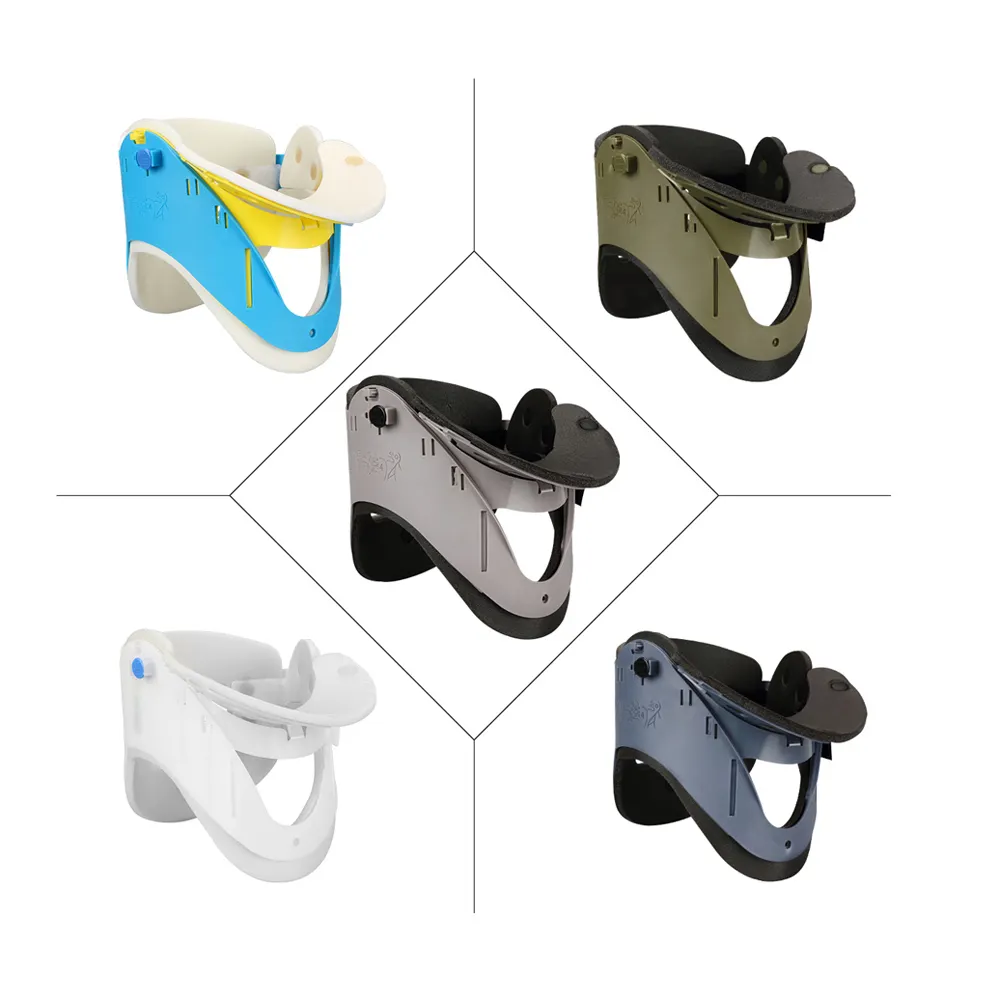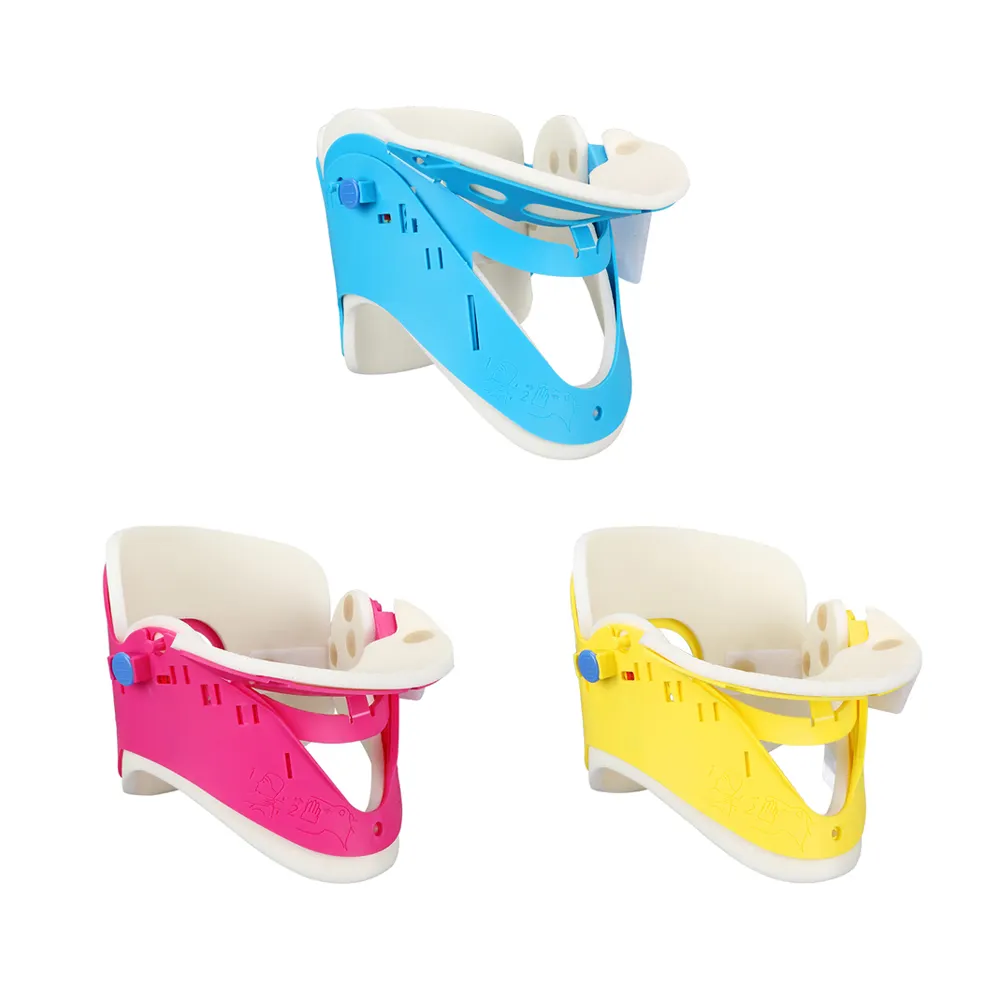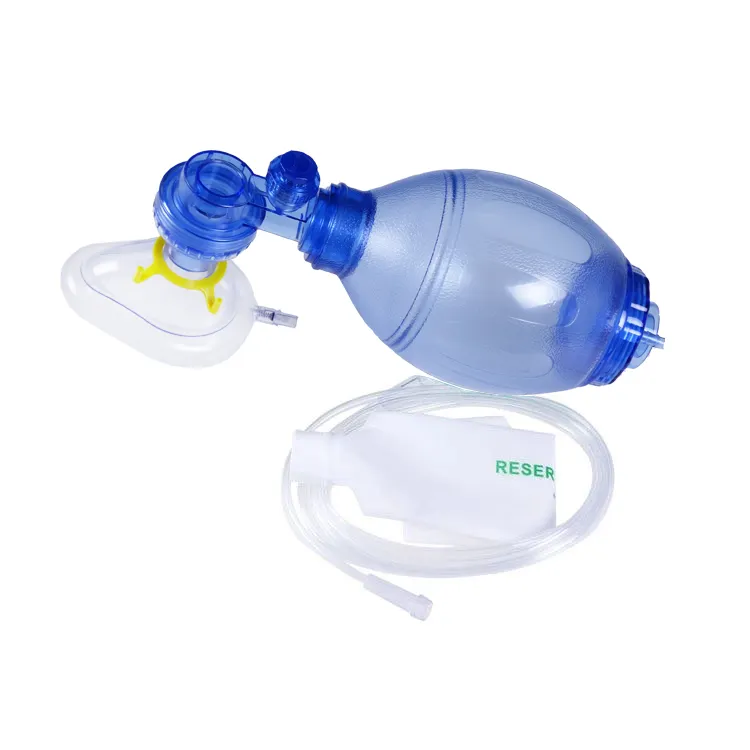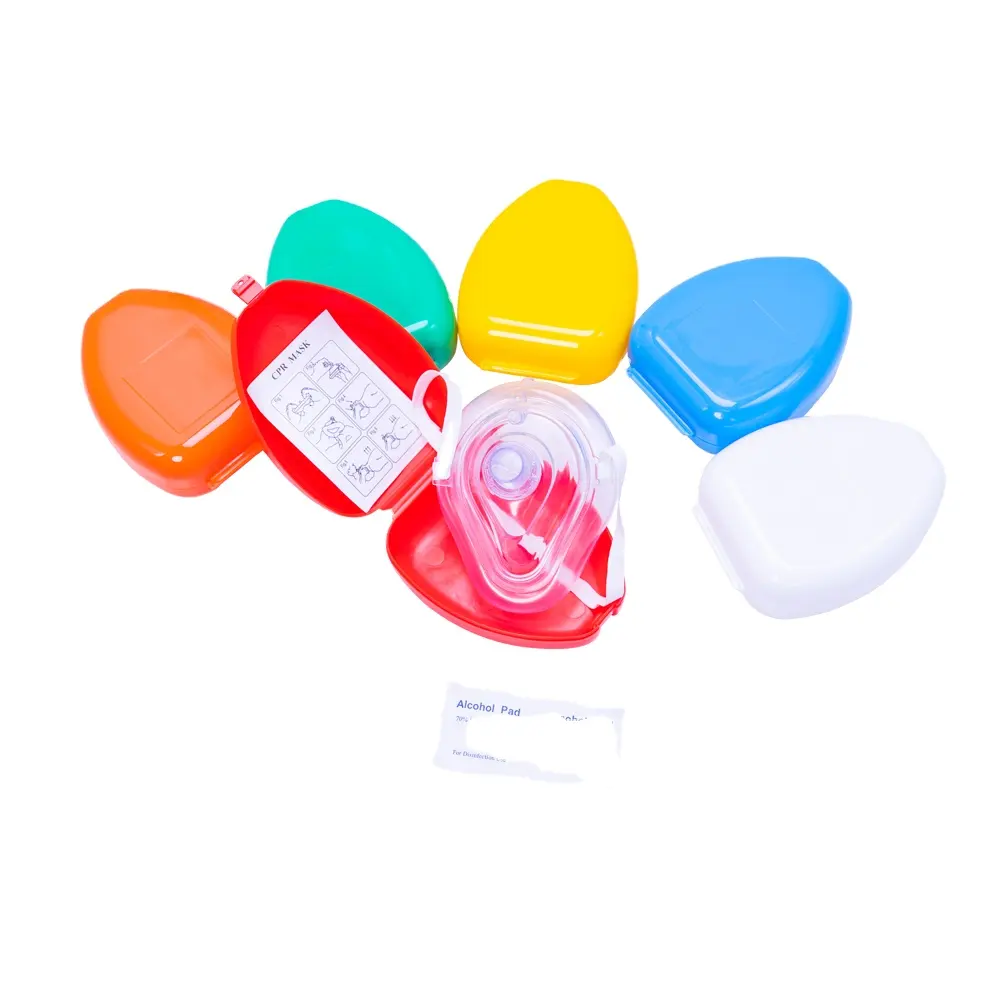Introduction
The Silent Revolution of Precision Engineering
When a SpaceX Falcon 9 rocket lands autonomously on a drone ship, its success hinges on thousands of precision-machined components working in perfect harmony. This quiet revolution in manufacturing—where tolerances are measured in microns and material properties are engineered at atomic levels—has redefined what’s possible in modern engineering.
For businesses seeking machining services, understanding this paradigm shift isn’t just technical trivia—it’s a strategic necessity. A 2023 McKinsey report revealed that manufacturers adopting customized machining solutions reduce prototyping cycles by 40% and material waste by 28% compared to conventional methods. For businesses seeking machining services, understanding this paradigm shift isn’t just technical trivia—it’s a strategic necessity. A 2023 McKinsey report revealed that manufacturers adopting customized machining solutions reduce prototyping cycles by 40% and material waste by 28% compared to conventional methods.
1.The Anatomy of Precision Components
1.1 Defining Characteristics
Precision components are characterized by three non-negotiable attributes:
Tolerances ≤ 0.005 mm (comparable to 1/10th of a human hair’s diameter)
Surface roughness Ra < 0.4 μm (mirror-finish requirements for hydraulic systems)
Material-specific heat treatments (e.g., cryogenic processing for tool steels)
1.2 The Customized Machining Advantage
Traditional machining often forces designers to compromise, but customized approaches invert this dynamic:
| Factor | Conventional Machining | Customized Machining |
|----------------------------|-------------------------------|--------------------------------------|
| Tolerance Compliance | ±0.1 mm | ±0.002 mm |
| Material Flexibility | Limited alloys | 5000+ material options |
| Batch Economics | 1000+ units | Prototype-to-mass production |
Source: ASM International’s 2022 Advanced Manufacturing Survey
1.3 Real-World Impact: A Medical Case Study
Zimmer Biomet’s latest spinal implants showcase customized machining’s transformative potential:
94% porosity in titanium lattice structures for bone integration
Patient-specific geometries mapped from CT scans
Electropolishing achieving 0.1 μm surface smoothness
This innovation reduced post-op complications by 37% in clinical trials (Journal of Orthopaedic Research, 2023).
2. Industry-Specific Solutions Through Customized Machining
2.1 Aerospace: Where Every Gram Matters
Boeing’s 787 Dreamliner exemplifies weight reduction through precision:
Machined aluminum-lithium brackets: 18% lighter than forged equivalents
5-axis contouring for complex wing ribs
EDM-drilled turbine blade cooling holes: Ø0.3 mm with ±0.01 mm positional accuracy
2.2 Automotive Electrification Challenges
Tesla’s Giga Press revolution required rethinking component integration:
Single-piece chassis subframes reducing 370 parts to 1
High-pressure die casting with 0.05 mm dimensional stability
CNC-machined battery cooling plates with fractal channel patterns
2.3 Medical Device Breakthroughs
Stryker’s 3D-printed spinal cages demonstrate hybrid manufacturing:
1. Laser powder bed fusion builds porous structures
2. 5-axis micromachining creates surgical engagement features
3. Plasma electrolytic oxidation enhances bioactivit
3.The Importance and Applications of OEM Auto Parts
3.1 AI-Driven Adaptive Machining
Siemens’ Machine Learning CNC systems:
- Predict tool wear with 98.7% accuracy
- Auto-adjust feeds/speeds during operation
- Reduce scrap rates by 63% in trial runs
3.2 Hybrid Manufacturing Systems
Mazak’s INTEGREX i-500 combines:
Turning
Milling
Laser metal deposition
Enabling complete part completion in single setup
3. Sustainable Precision
Sandvik Coromant’s Green Machining Initiative:
Dry cutting technologies eliminating coolants
Recyclable ceramic tooling
Energy-optimized tool paths reducing power use by 22%
4. Conclusion
In Shanghai’s Gigafactory, every 45 seconds a Model Y emerges with over 10,000 precision components—each a testament to customized machining’s transformative power. As industries push performance boundaries, the ability to translate visionary designs into manufacturable reality will separate market leaders from followers.
For engineering teams, this means partnering with machining specialists who understand both subtractive manufacturing fundamentals and cutting-edge techniques—from AI-process optimization to metamaterial machining.
References
2. McKinsey & Company. (2023). Precision Manufacturing Economic Analysis.
3. Journal of Orthopaedic Research. (2023). Clinical Outcomes of Custom Spinal Implants.
4. Siemens AG. (2024). White Paper on AI in CNC Machining.
FAQs
1. Q:How expensive is customized machining compared to standard methods?
A:While initial setup costs are higher, customized machining reduces material waste by 28% and enables mass production optimization (McKinsey 2023).
2. Q: What materials can be used in precision component manufacturing?
A: Over 5,000 material options including aerospace-grade alloys, medical titanium, and engineered polymers (ASM International 2022).
3. Q: How tight can tolerances be achieved with customized machining?
A: Advanced systems like Siemens AI-CNC maintain ±0.002mm tolerances - 50x tighter than conventional methods.
4. Q: Can customized machining handle both prototypes and mass production?
A: Yes, modern solutions seamlessly transition from single prototypes to million-unit batches, as demonstrated by Tesla's Giga Press integration.
5. Q: What industries benefit most from precision components?
A: Aerospace (Boeing 787), medical (Stryker implants), and EV automotive (Tesla batteries) show the highest ROI according to Journal of Manufacturing Systems 2023.
Contact Info
Mr. Brook Lin
Job Title: Sales manager
E-mail: [email protected]
Mob/WhatsApp:+86 13599927066
Wechat:+86 13599927066 Skype:+86 13599927066
Country/Region: China (Mainland) Province/State: Fujian
Operational Address: Building 172, Tongan Industrial Zone, Tongan Area, Xiamen, Fujian, China (Mainland) Zip: 361100

